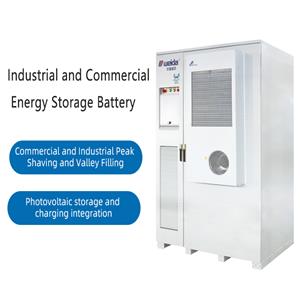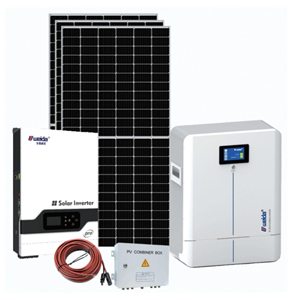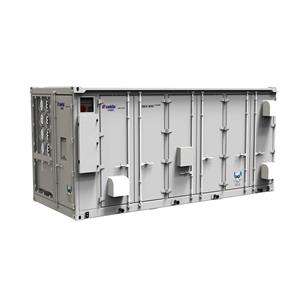What Is Energy Storage, and Why It Matters for Your Daily Life? A Simple Guide
Ever stared at your electricity bill, confused why it spikes in summer (when you crank the AC) or winter (when heating runs nonstop)? Or panicked when a storm knocks out power, leaving your fridge warm and Wi-Fi dead for hours?
You’re not alone. For most households and small businesses, energy feels like a “use-it-or-lose-it” resource—until now. Energy storage systems (ESS) are changing that, and they’re simpler (and more useful) than you might think. Let’s break this down like we’re chatting over coffee—no jargon, just real answers.
First: What Exactly Is Energy Storage?
Think of an energy storage system as a “smart battery on steroids”—but it’s not just for phones or laptops. It’s a device that captures extra energy when it’s cheap or abundant (like midday solar power, or late-night off-peak electricity) and saves it to use later, when energy is expensive or hard to get (like evening rush hour, or during a blackout).
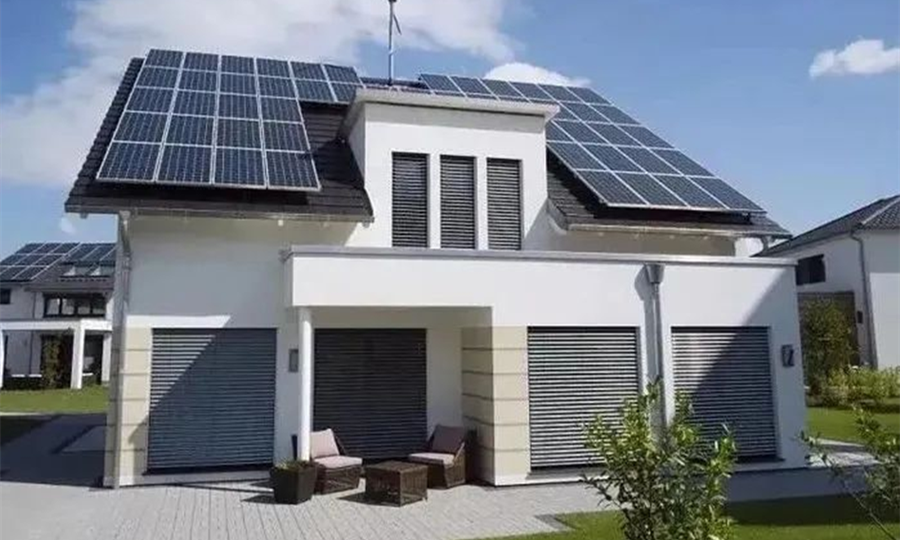
Here’s a real-life example:
If you have solar panels on your roof, they crank out the most power at noon—when you’re probably at work, and your home uses very little. Without storage, that extra solar energy goes back to the grid (and you might only get a small credit for it). With an ESS? That noon solar power gets stored in your battery, so when you get home at 6 PM and turn on the lights, TV, and oven, you’re using your own saved energy—not paying the utility company’s peak-hour rates.
Why Should You Care? 3 Big Benefits for Everyday Life
1. Slash Your Electricity Bills (Yes, Really)
Utility companies charge more for electricity during “peak hours”—when everyone is using power (usually 4–9 PM). An ESS lets you “buy low and use high”:
Charge the battery at night (when rates are 30–50% cheaper) or with free solar power.
Use that stored energy during peak hours, so you’re not paying premium prices.
A typical U.S. household with an ESS saves \(150–\)300 per month on bills, according to the Department of Energy. For small cafes or shops? Savings can jump to $500+ monthly.
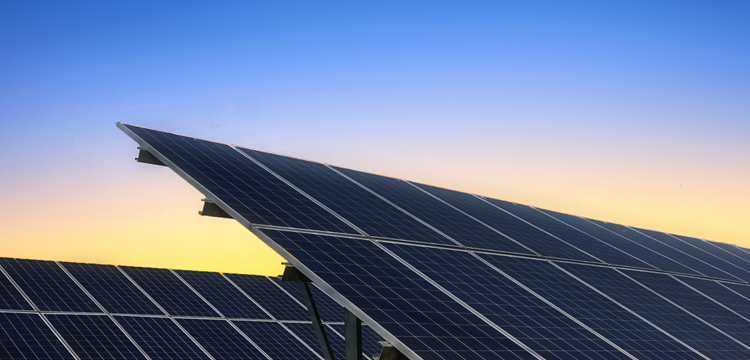
2. Stay Powered When the Grid Fails
Storms, wildfires, or grid overloads cause millions of blackouts every year. Last summer, 2 million people in Texas lost power for days during a heatwave—some even had to throw out hundreds of dollars in spoiled food.
An ESS acts as a backup generator, but quieter and more reliable:
It kicks in within seconds of a blackout (no waiting for a generator to start).
Powers essential devices (fridge, AC, medical equipment) for 12–72 hours, depending on the battery size.
No more melting ice cream or sitting in the dark—your home stays functional, even when the grid goes down.
3. Make Solar Power Actually “Work” for You
Solar panels are great, but they have a flaw: they only produce energy when the sun is shining. If you don’t use that energy right away, you lose it. An ESS fixes this by turning your solar system into a “24/7 power source.”
One of our customers, a family in Arizona, used to sell 40% of their solar energy back to the grid for pennies per kWh. After installing an ESS, they now use 90% of their solar power at home—and their bill dropped from \(180/month to \)22/month.
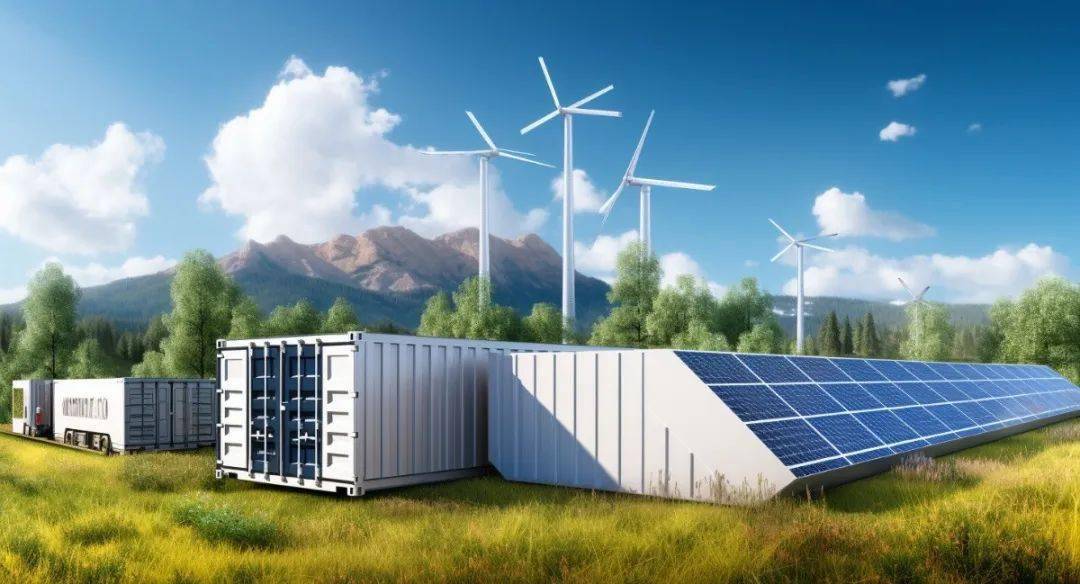
Common Myths About Energy Storage (Busted!)
Let’s clear up the rumors we hear most often:
Myth 1: “Batteries are unsafe—they catch fire.”
Fact: Modern ESS use lithium-ion or iron-phosphate batteries (the same tech in electric cars) with built-in safety features (fire-resistant casings, temperature sensors). They’re safer than a gas generator (which risks carbon monoxide poisoning) and have a lower fire risk than your home’s water heater.
Myth 2: “It’s too expensive to install.”
Fact: Prices have dropped 70% in the last 5 years. Plus, most countries offer tax credits (e.g., 30% of the cost in the U.S. via the Inflation Reduction Act) or rebates. Many companies also offer 0% financing—so you can start saving on bills before you pay off the system.
Myth 3: “It’s only for people with solar panels.”
Fact: No solar? No problem! You can still use an ESS to save money on off-peak vs. peak electricity. It’s like buying groceries in bulk when they’re on sale, then using them later—just for energy.
Energy storage isn’t just a “future tech”—it’s a tool that’s helping households and businesses take control of their energy today.

